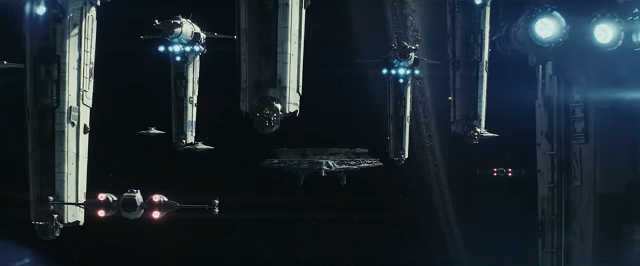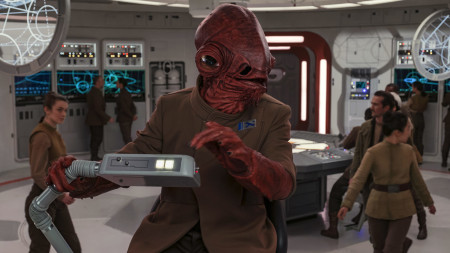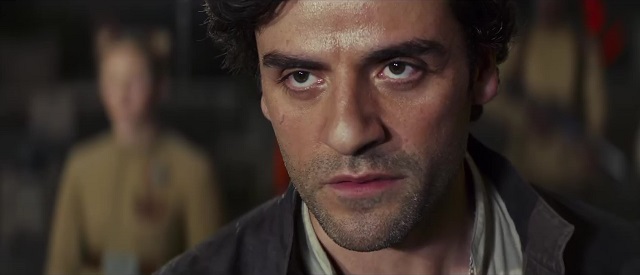
When Luke agrees to train Rey in The Last Jedi, the first thing he asks her to do is explain the Force. She says it’s the power to “control people and make things float.” It’s played as a joke, one the audience is expected to be in on. But really the joke’s on us. While we’ve all heard Obi-Wan and Yoda explain what the Force is countless times, the Star Wars fandom is constantly proving that we still don’t get it. Every time someone suggests Jar Jar’s Drunken Fist fighting competence proves he’s a Sith, or writes a story implying that the Force blew R5-D4’s motivator, we show we still think of the Force like Rey—just a box you have to check to unlock the skill tree of cool powers.
Part of the problem is that the explanations Jedi like to give aren’t actually very clear. Calling everybody “luminous beings” doesn’t shed much light on the question. There’s a simple answer, but it’s dressed up behind a veil of Orientalist mysticism that makes it hard to extract. I can’t say it ever occurred to me until I read Nick Lowe’s Well Tempered Plot Device. Fair warning: once learned, it can’t be unlearned.
The Force is the plot.
It’s that simple. Every single thing in the story, from the luck of a sabacc draw to the very fabric of the entire GFFA, is the Force. “Nothing happens by accident” because everything in the story is a conscious decision by the author. Read More




